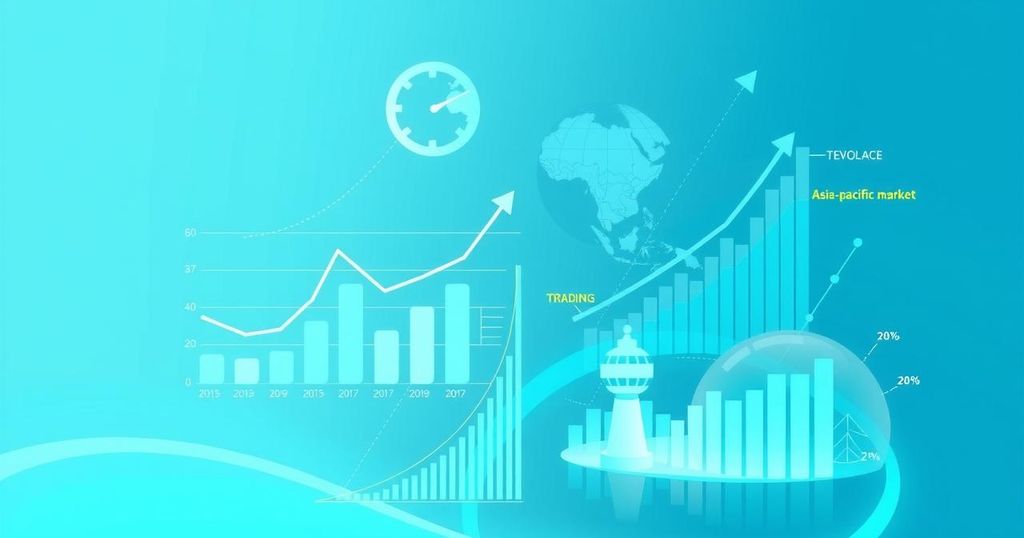Kenya Introduces 2025 Medium-Term Debt Strategy to Enhance Debt Management
The Kenyan government has launched the 2025 Medium-Term Debt Strategy (MTDS) aimed at minimizing public debt costs and risks while promoting sustainability over the next three years. Key aspects include reducing Treasury bills, extending public debt maturity, and enhancing the domestic debt market. Currently, public debt exceeds the GDP limit, necessitating corrective measures and a balanced approach to financing. The strategy emphasizes the importance of public engagement in debt management.
The Kenyan government has introduced the 2025 Medium-Term Debt Strategy (MTDS), which focuses on effective public debt management over the next three years. National Treasury Cabinet Secretary, John Mbadi, underscored the importance of prudent debt management amidst economic uncertainties and evolving global financial landscapes.
The strategy aims to gradually diminish the stock of Treasury bills and extend the maturity timelines of public debt instruments. Moreover, it seeks to enhance the domestic debt market while maintaining a balanced approach to concessional versus commercial external financing.
As of March 2025, Kenya’s public debt amounted to Sh11.02 trillion, marking an increase from Sh10.5 trillion in June 2024. This figure represents 65.7 percent of the country’s GDP, with domestic debt at Sh5.9 trillion and external debt at Sh5.09 trillion, according to CS Mbadi.
Multilateral lenders, especially the World Bank, comprised 53.9 percent of external debt, with bilateral and commercial lenders holding 21.4 percent and 24.7 percent, respectively. Furthermore, government-guaranteed debt connected to state corporations such as Kenya Ports Authority and Kenya Airways stands at Sh100 billion.
To manage exchange rate risks, the strategy advocates for a diversified public debt structure and a robust domestic debt market. Notably, fluctuations in exchange rates have resulted in a current external debt stock of Sh5 trillion down from Sh6 trillion earlier in the year.
The present value of public debt currently exceeds the legal threshold, standing at 63 percent of GDP, necessitating corrective actions by November 2029. The MTDS sets targets to reduce the debt-to-GDP ratio from 63.7 percent to 57.8 percent by 2028, coupled with plans to channel borrowing 25 percent from external markets and 75 percent from local sources.
Implementation of the strategy will follow an annual borrowing framework, complemented by semi-annual assessments of performance and risk. CS Mbadi acknowledged the challenges faced by Kenya, which include downgrades in sovereign credit ratings leading to escalated borrowing costs and diminished investor confidence in the market.
Additionally, global market volatility and increasing interest rates have intensified the complexity of managing public debt. Mbadi expressed hope that improved macroeconomic conditions might eventually lead to lower interest rates.
In view of declining external financing, the Treasury will concentrate on bolstering the domestic debt market and enhancing exports and foreign currency reserves to ensure external debt viability. National Treasury Principal Secretary, Dr. Chris Kiptoo, emphasized the necessity of achieving a balanced budget to minimize borrowing needs.
James Muraguri, CEO of the Institute of Public Finance, encouraged public engagement in shaping debt policies to reflect national concerns and priorities. Ultimately, the 2025 MTDS sets a comprehensive framework for managing Kenya’s debt responsibly while aiming for economic stability and sustainability. Its success will hinge on disciplined execution, continuous engagement with the markets, and a conducive economic context.
The Kenyan government has proactively developed the 2025 Medium-Term Debt Strategy to enhance public debt management, aiming for a sustainable reduction of costs and risks. The strategy emphasizes maintaining balance in financing sources, addressing external debt challenges, and fostering local market engagement. Successful implementation hinges on disciplined practices and effective responses to economic dynamics, making public participation a crucial component in shaping future debt policies.
Original Source: www.kenyanews.go.ke




Post Comment